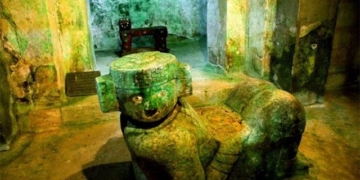The recent devastating snowstorm that swept across the United States serves as a stark reminder of how vulnerable humans are to the forces of nature. Let’s take a look at the five largest snowstorms in history that nature has unleashed upon humanity in the article below!
1. The Blizzard of 1888 in the Northeastern United States
This snowstorm has become one of the most damaging natural disasters in the Northeastern United States. The blizzard exhibited all the worst conditions, with heavy snowfall leading to record low temperatures and tons of snow blown by extremely strong winds. As a result, more than 400 people lost their lives, with over 100 missing at sea.
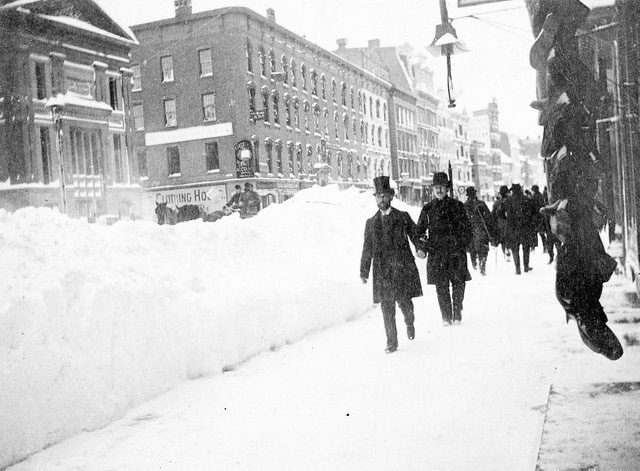
The Blizzard of 1888 in the Northeastern United States caused many areas to be buried under more than 1 meter of snow. (Photo: Pixabay)
The storm began to sweep into the United States in early March with a severe rainstorm. Subsequently, temperatures dropped continuously, transitioning to snow between Sunday night and Monday morning. New York experienced snowfall of up to 56 cm, causing the entire city to be paralyzed and flooded as the snow melted.
Other places were buried even deeper in snow, such as Saratoga Springs, which was submerged under 1.5 meters, and parts of New York with snow depths of up to 1.14 meters. Particularly on Long Island, snow accumulation reached between 15.2 to 18.3 meters. According to statistics, wind speeds during the blizzard reached 128.7 km/h.
2. The Blizzard in Lhunze County, Tibet in 2008
Tibet is known as one of the highest mountain regions in the world. The climate here is extremely harsh, with dry summers accompanied by thunderstorms and hail, and winters as cold as the Arctic. For many years, the Himalayas remained peaceful despite snowfall, but the Lhunze blizzard in October 2008 was a shock to the local residents.
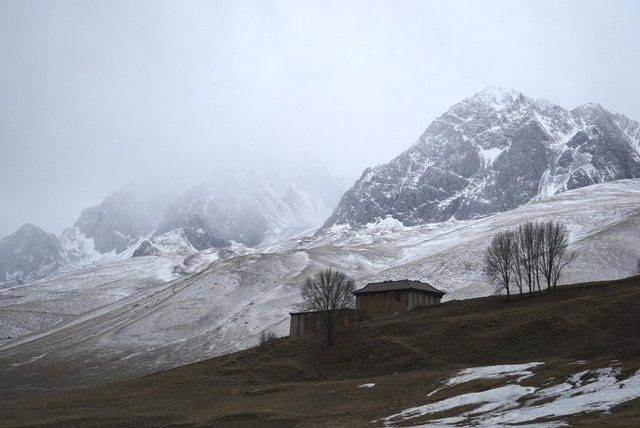
The Lhunze Blizzard in Tibet in 2008 left many residents traumatized. (Photo: Pixabay)
According to reports from China, the average snow depth was 1.5 meters. Many villages were buried in snow for over 36 hours, with depths ranging from 1.52 to 1.83 meters. The excessive snowfall caused numerous houses to collapse and resulted in 7 fatalities. Additionally, the blizzard caused traffic disruptions, making it difficult for rescue teams to reach those in need. Livestock suffered significant casualties, leading to substantial economic losses for the local population.
3. The Blizzard in Quebec and Ontario, Canada in 1971
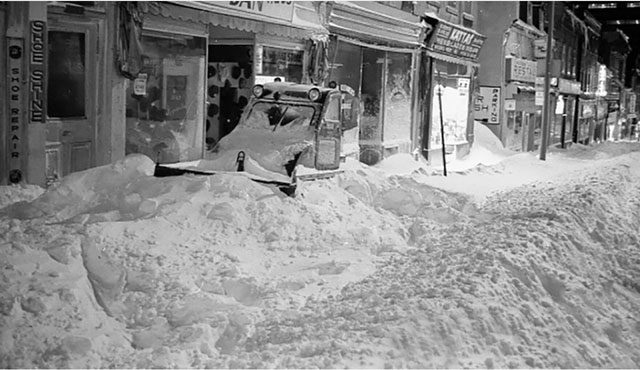
The Blizzard in Canada in 1971 severely impacted the entire eastern region of the country. (Photo: Pixabay)
In March 1971, a terrifying blizzard blew in from the Atlantic Ocean, affecting all of eastern Canada. Snow accumulated up to 45.7 cm in Montreal and over 61 cm in other areas. The blizzard and high winds severely reduced visibility. Furthermore, due to the extremely low temperatures, this blizzard resulted in over 20 fatalities.
4. The Buffalo Blizzard, USA in 1977
The blizzard that occurred in January 1977 was considered the worst natural disaster in Buffalo’s history. Despite the light snowfall, winds gusted over 72.4 km/h. The cold weather was severe, with snow covering most of Lake Erie. The storm hit during the coldest period on record for the region. Due to continuous Arctic cold fronts, temperatures remained below freezing for weeks.
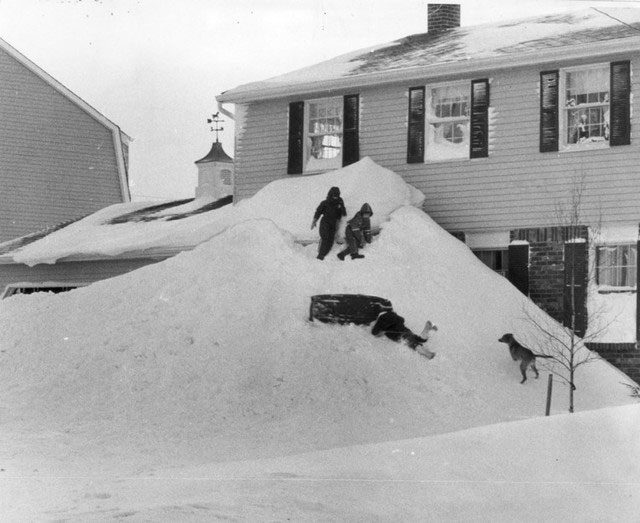
The blizzard in 1977 was considered the worst natural disaster in Buffalo, USA. (Photo: Pixabay)
The blowing snow severely impacted visibility, and vehicles couldn’t navigate the roads. The storm brought frigid air, causing temperatures to drop over 20 degrees in just a few hours. Many residents were stranded at work or, worse, in their cars. The city was completely paralyzed, with transportation only possible via snowmobiles for about four days. A total of 29 people lost their lives, mainly due to vehicles being trapped in the snow.
The Blizzard of the Century in 1993, USA
In early March 1993, the Blizzard of the Century, also known as the Great Blizzard of 1993, struck the Eastern United States. This storm made history due to its intensity, vast size, and widespread impact. Major snowfalls affected over 26 states from eastern Canada to Alabama. At its peak, the storm stretched from Canada down to Central America, but its primary impact was felt in the Eastern US and Cuba. This blizzard affected over half of the US population, including many of the country’s major cities.
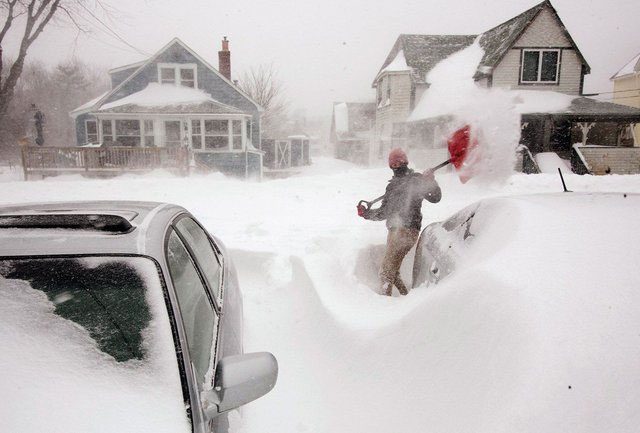
The Blizzard of the Century in 1993 in the USA made history due to its intensity, vast size, and widespread impact. (Photo: Pixabay)
A total of 310 people lost their lives during this storm. The snowfall covered an extraordinarily large area, breaking all previous blizzard records. In some areas, snow depth exceeded 101.6 cm, with temperatures dropping below -50 degrees Celsius in many places. As a result, scientists have deemed this storm the worst and most damaging in terms of human and property loss in history to date.
















































